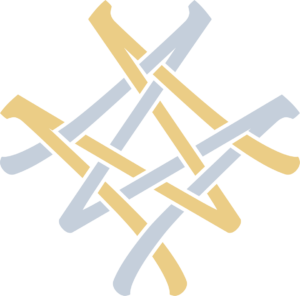In almost two decades of expeditions to Africa, Southeast Asia, New Guinea, Australia, and Oceania, the outstanding Russian humanist scientist and traveler N.N. Miklouho-Maclay (1846-1888) visited China as well. Diaries, drawings and scientific works of Nikolay Nikolaevich present the Chinese adventures of the world-famous Russian traveler in detail.
After the first expedition to the northeastern coast of New Guinea (the Maclay Coast, 1871-1872), the scientist headed to the Pacific on the Russian clipper “Izumrud”, where he visited the Philippines and studied its indigenous population.
In April 1873, the next stop of “Izumrud” was at a small island off the coast of China — Hong Kong. At that time, Hong Kong was invaded by Britain and was one of its most important possessions in the Pacific. During British rule, an extensive harbor appeared in Hong Kong, and the European part of the city was full of palaces, villas and gardens. Trade and administration were also in the hands of the British, and the main labor force was the Chinese, many of whom lived in junks and pile-supported buildings in shallow water.
However, it was in Hong Kong where N.N. Miklouho-Maclay discovered himself to be world-famous: “Everyone tries to get acquainted with me, which sometimes gives me a fair amount of boredom and a lot of acquaintances, but also opens all the doors and provides kind hospitality <…>” — the traveler wrote to his mother in letters from China.
While in China, Nikolay Nikolaevich traveled to Canton (now Guangzhou). According to the scientist, he went there to see one of the largest and most interesting cities in China, but was lucky enough to get an audience with the Viceroy of Canton and visit him the next day with real Chinese ceremonies. It is important to remember that such privileges could be bestowed on just a handful of Europeans.
During his stay in China, Miklouho-Maclay’s curiosity and thirst for research could not help but manifest itself. It was during his travels in China that he tried opium in order to understand why so many people, in and outside of Asia, were addicted to smoking this dangerous substance. Nikolay Nikolaevich’s friend, an English doctor K. Klaus, who lived in Hong Kong, tried to dissuade the traveler from this experience, warning that it would have a negative effect on the traveler’s body, which was weakened by “chronic fever”. But Nikolay Nikolaevich insisted and even persuaded the “competent person” Klaus to be present at the experiment and record all observations at short intervals. For convenience, Nikolay Nikolaevich changed his European expeditionary suit into roomy Chinese trousers and a light Turkish tunic, after which he smoked 27 pipes – a dose that exceeds the norm greatly. As the opium started to work, the traveler “began to think more slowly”, he was sleepy, his head became heavy, he could hear music in the distance (a deception of the senses), and his tongue swelled. When his consciousness returned, Nikolay Nikolaevich fell asleep for a long time, and for the next two days he experienced heavy legs, dizziness and slight deafness.
In 1875, the researcher published a physiological article “An experiment of smoking opium” in German in the journal of the Dutch Indies Royal Society for Natural History. In the article, the medical observations of K. Klaus, recorded desires, illusions and statements of the traveler were accompanied by his own comments. A year later, this article reached the famous Russian writer Ivan S. Turgenev. He read it with pleasure and found it truthful.
In Hong Kong, Miklouho-Maclay received a telegram from the Governor-General of the Dutch East Indies, James, where, in response to the traveler’s request to participate in the expedition to Western New Guinea, he said that the expedition would depart in late 1873 and that he would be “the most welcome guest” on the ship. Before sailing from Hong Kong to Batavia (now Jakarta, Indonesia), Nikolay Nikolaevich wrote to his friend Prince Alexander Meshchersky: “My destiny is decided. I am moving on – I can’t say by a known road (the road is a matter of chance), but in a known direction. And I am going for everything, prepared for everything. This is not the fancy of youthful enthusiasm, but a profound consciousness of the strength that is growing in me…”.
At the beginning of 1874, N.N. Miklouho-Maclay made a trip to Papua Kowiai in the western part of New Guinea where many scientists and traders did not dare to travel because of rumors of the bloodthirstiness and treachery of the local residents. According to the scientist’s diaries, the people of Papua Kowiai were surprised by his desire to live among them, but they treated Miklouho-Maclay with friendliness and even respect. As the locals led a mobile lifestyle, moving from one bay or coast to another in their pirogues, the Russian scientist’s hut on Papua Kowiai soon became a gathering point, near which, almost all the time, there were many boats of the locals – just like on the Maclay Coast.



